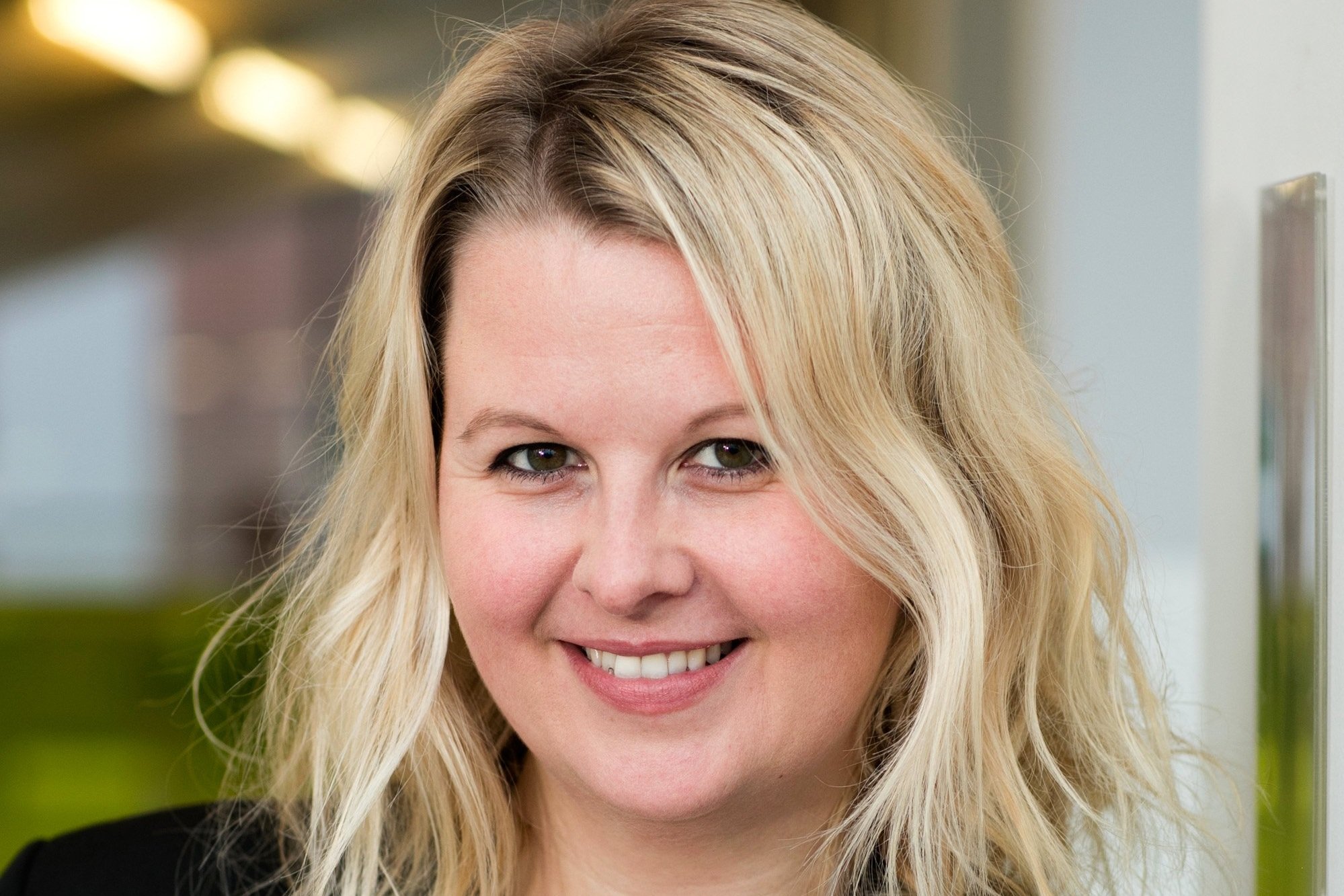Impact Education: Disruptive Innovation Marketing
Disruptive Innovation Marketing course coordinator Dr Andrea Weihrauch (Image: Ineke Oostveen).
Disruptive Innovation Marketing is a six-week elective in the Master of Business Administration program at the University of Amsterdam, offered twice per year. Since its inception, Associate Professor in Marketing and course coordinator Dr Andrea Weihrauch says it has grown in popularity from around 30-35 students to nearly 60 per semester.
“Each week we introduce what I refer to as a disruptive innovation like robots and humanoids, technological human enhancements, algorithms and AI and virtual and augmented reality,” Dr Weihrauch explains.
“I first explain what they are, as students come from various backgrounds and may not know. Then we talk a lot about why consumers, citizens, employees and other perspectives are prone to accept or actually - in most cases - reject the introduction of these technologies.”
Students are then encouraged to think about what can be done to help people accept the disruptions from different perspectives such as product design, communication and ethical considerations.
Field trips are also included to help with students’ understanding. Past trips have seen students visit KPMG in Amstelveen to view the robot in reception, or attend Fabrique des Lumieres - a virtual reality installation in Westerpark.
Applying knowledge
The main assignment for the elective is done in groups, with both a theoretical and creative submission component. Students first pick a for-profit company, and come up with a product or service based on one of the technologies learned in class.
“In addition to having to make profit, their product or service also has to serve at least one or multiple of United Nations Development Goals,” Dr Weihrauch explains.
The theoretical side of the assignment involves groups explaining why the technology might be rejected, and how that could be mitigated. Finally, they must come up with a creative submission piece to present their product or service.
“It can be in a commercial, in a flash mob, a presentation… They can do surveys and actually present the product to consumers, or interview experts,” she says.
Previous groups have come up with a host of innovative ideas for companies to take on board. Some have gone as far as creating prototypes, such as one team who developed the prototype for a robotic bee to help farmers pollinate flowers.
A prototype for a robotic bee (Image supplied: Andrea Weihrauch).
Another team looked at Nintendo, and how the for-profit company could be used to help produce algae on the Great Barrier Reef in Australia.
“There’s a company who already has a robot that reduces algae. The idea was to merge the for-profit gaming company with an environmental robot, so Nintendo consumers would “adopt” one of the Great Barrier Reef’s robots in a gaming environment, allowing them to produce algae,” Dr Weihrauch says.
The group explained how naming the robot would mean consumers were more likely to form an attachment with it.
Another group of students worked on augmented reality glasses to help victims of stroke in China with their rehabilitation.
Connecting with the outside world
An important part of the elective is an event at the conclusion of the course where industry members, employees from relevant businesses or organisations and venture capitalists are invited to watch groups present their ideas.
“I try to invite industry players who are relevant. For example, we had a group that was developing a law bot to help minorities access legal advice so I invited someone from one the big law firms,” she says.
The top four groups of each semester are invited to present their creative submissions to members of the industry - or “jury” - for their chance at winning a small award.
“It also opens doors for students, but also for those invited to potentially follow up on the ideas,” she says.
“I have a lot of students who get jobs out of that event.”
Dr Weihrauch says this event, and more broadly connecting university students with industry groups, researchers and organisations off campus is “extremely important” for networking and giving them a different viewpoint. But so too is the way the assignment is crafted.
“More importantly, the students do tell me that they appreciate a certain freedom [with the assignment] instead of working for free for a specific organisation,” she says.
“Students are aware of being used for free labour. I really try to keep this idea open of the students choosing their industry context interest first, and then inviting people from varied interest groups.
“The students told me they want to keep this format of working freely on their own ideas and for companies of their own choice, rather than working specifically for a company that is given to them.”
Could your company or organisation get involved with Disruptive Innovation Marketing? Or are you interested in learning more? Get in touch with Andrea Weihrauch.


